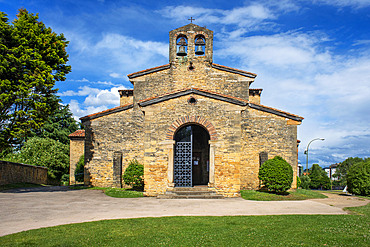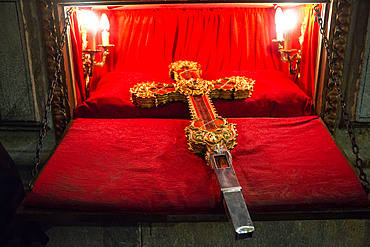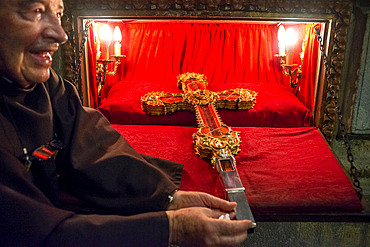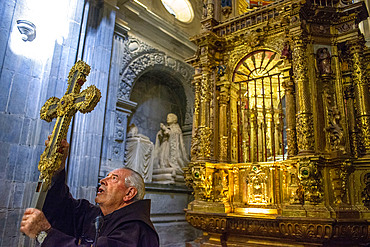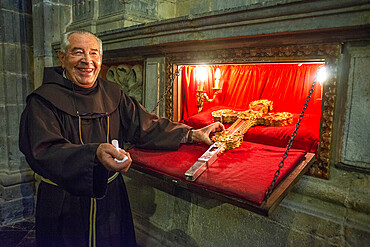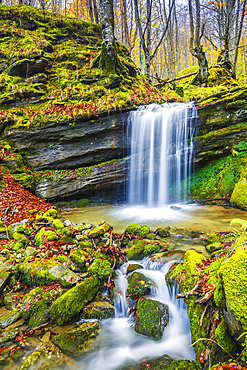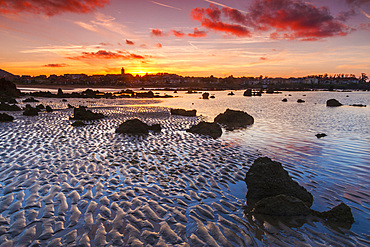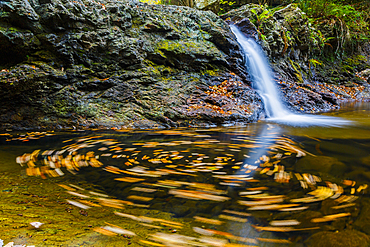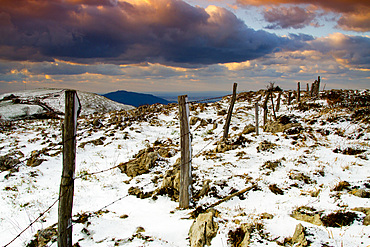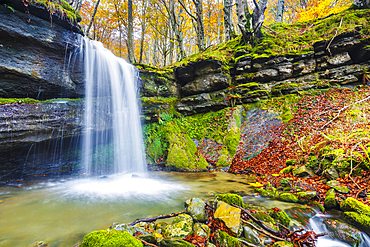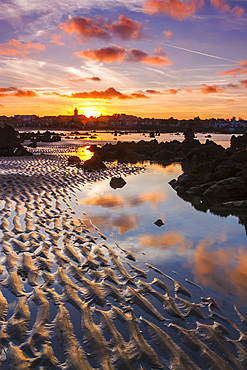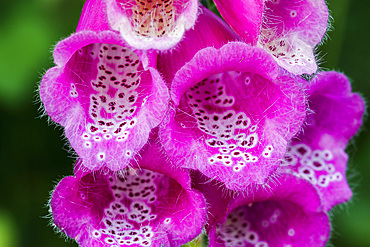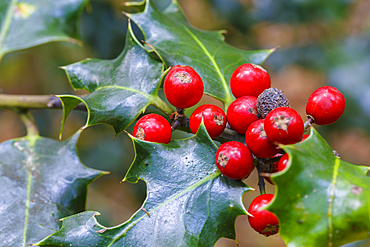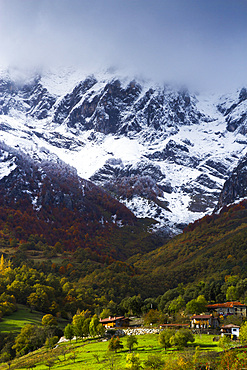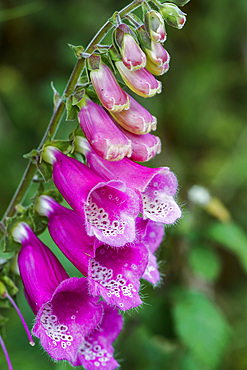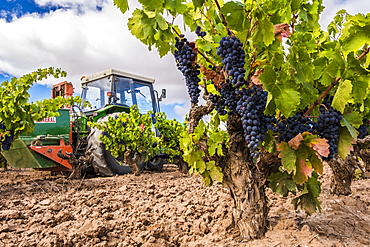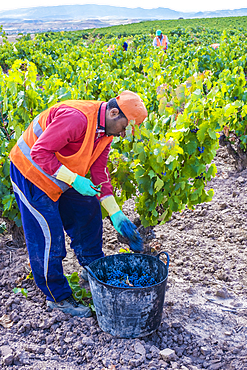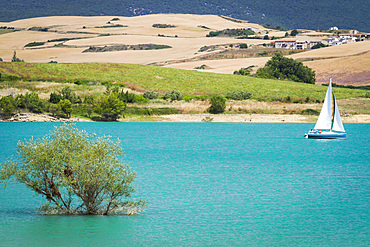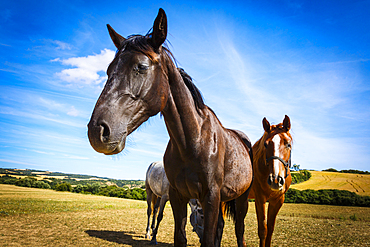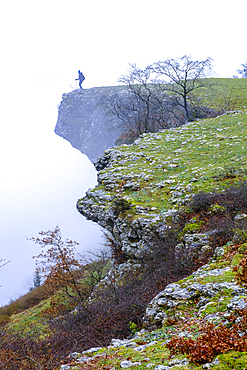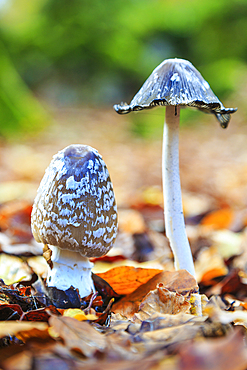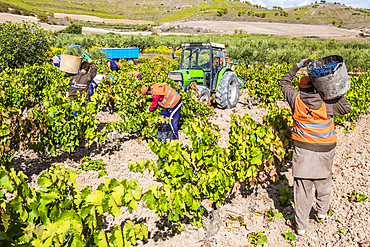Recent searches
Loading...
1350-6666 - San Julian de los Prados World Heritage Church in Oviedo, Asturias,
1350-6662 - The cross of the monastery Santo Toribio in northern Spain gets out the holy relic, said to be part of the cross on which Jesus died Inside Santo Toribio de Liebana monastery. Liébana region, Picos de Europa, Cantabria Spain, Europe
1350-6661 - A monk at the monastery Santo Toribio in northern Spain gets out the holy relic, said to be part of the cross on which Jesus died Inside Santo Toribio de Liebana monastery. Liébana region, Picos de Europa, Cantabria Spain, Europe
1350-6659 - A monk at the monastery Santo Toribio in northern Spain gets out the holy relic, said to be part of the cross on which Jesus died Inside Santo Toribio de Liebana monastery. Liébana region, Picos de Europa, Cantabria Spain, Europe
1350-6660 - A monk at the monastery Santo Toribio in northern Spain gets out the holy relic, said to be part of the cross on which Jesus died Inside Santo Toribio de Liebana monastery. Liébana region, Picos de Europa, Cantabria Spain, Europe
1350-6678 - Strawberry Poison Frog (Dendrobates pumilio), adult, Bastimentos National Park, Bocas del Toro, Panama. The strawberry poison frog or strawberry poison-dart frog (Oophaga pumilio or Dendrobates pumilio) is a species of small amphibian poison dart frog found in Central America. It is common throughout its range, which extends from eastern central Nicaragua through Costa Rica and northwestern Panama. The species is often found in humid lowlands and premontane forest, but large populations are also found in disturbed areas such as plantations. The strawberry poison frog is perhaps most famous for its widespread variation in coloration, comprising approximately 15���30 color morphs, most of which are presumed to be true-breeding. O. pumilio, while not the most poisonous of the dendrobatids, is the most toxic member of its genus. The species is most diverse in Panama with varieties in vivid shades of all red, orange, blue, yellow or green, green and yellow, white with red, orange or black and spotted varieties. The most colorful mix is found in Isla Bastimentos Marine National Park though not all in one place. Colors vary by location. A beach on the north side of the island is named after the species. Two of Southern Explorations' Panama tours visit red frog habitat. Both the eight-day Panama Adventure trip and eleven-day Panama Highlights trip spend time in Isla Bastimentos Marine National Park and the former also goes to Red Frog Beach.
The red frog is not as poisonous as some of its cousins and is not a threat to humans. It subsists on a diet of ants that dine on poisonous plants, providing the red frog its protective skin toxin. Males attract females with a loud quick chirp. To hear the distinctive sound before you depart on your Panama tours, go to the University of Michigan Museum's biodiversity website (www.animaldiversity.ummz.umich.edu.) After birth, the tadpoles climb aboard the mother who deposits them in different protected areas where she retu
1350-6459 - Aerial view of marshes, the Tancada lagoon, rice fields, Eucaliptos beach and lᄡAlfaca beach; Sant Carles de la Rapita, Ebro Delta, Natural Park, Tarragona, Spain
1350-5535 - Salt marshes in a coastal aerial view. Oriᅢᄆon, Castro Urdiales, Cantabria.
1350-5523 - Waterfall in a beechwood. Portillo de la Sia Pass. Cantabria, Spain, Europe.
1350-5492 - Mouro island and lighthouse in a storm.
Santander. Cantabria, Spain.
1350-5534 - Sandy sediments in low tide in a river close to the sea. Isla, Cantabria, Spain, Europe.
1350-5494 - Coastal cliffs.
Liencres, Cantabria, Spain.
1350-5474 - Rocky beach and village at dusk. Trengandin beach. Noja, Cantabria. Spain, Europe.
1350-5519 - waterfall in Huzmeana creek. Saja-Besaya Natural Park. Cantabria, Spain, Europe.
1350-5530 - Coastal landscape. La Ballena. Sonabia (Castro Urdiales) Cantabria, Spain, Europe.
1350-5475 - Rocky beach and village at dusk. Trengandin beach. Noja, Cantabria. Spain, Europe.
1350-5532 - Galizano bech aerial view. Ribamontan al Mar. Cantabria, Spain, Europe.
1350-5528 - Coastal landscape. Cantabria, Spain, Europe.
1350-5491 - Snow-capped mountains.
Alisas port. Cantabria, Spain.
1350-5524 - Waterfall in a beechwood. Portillo de la Sia Pass. Cantabria, Spain, Europe.
1350-5529 - Coastal landscape. Punta Sonabia o La Ballena (The whale),Cantabria, Spain, Europe.
1350-5533 - Sandy sediments in low tide in a river close to the sea. Isla, Cantabria, Spain, Europe.
1350-5473 - Rocky beach and village at dusk. Trengandin beach. Noja, Cantabria. Spain, Europe.
1350-5531 - Coastal landscape. Sonabia (Castro Urdiales) Cantabria, Spain, Europe.
1350-5476 - foxglove, common foxglove, purple foxglove or lady's glove (Digitalis purpurea). Collados del Ason Natural Park. Cantabria, Spain, Europe
1350-5527 - Coastal landscape. Cantabria, Spain, Europe.
1350-5518 - Common holly with fruits (Ilex aquifolium). Saja-Besaya Natural Park. Cabuerniga valley. Cantabria, Spain.
1350-5526 - Espigᅢᄐete peak view from Bistruey mountain area. Cantabria, Spain, Europe,
1350-5490 - waterfall. Vada, Vega de Liebana village, County of Liebana, Cantabria, Spain.
1350-5525 - Waterfall in a beechwood. Portillo de la Sia Pass. Cantabria, Spain, Europe.
1350-5520 - Daybrake in the marshes. Escalante. Marismas de Santoᅢᄆa, Victoria y Joyel Natural Park. Cantabria, Spain, Europe.
1350-5478 - Coastal landscape. The Urros. Costa Quebrada. Liencres. Cantabria, Spain.
1350-5489 - Tanarrio and Picos de Europa National Park.
Camaleᅢᄆo village. Liebana county, Cantabria, Spain.
1350-5496 - Pereda esplanade and Nautic Club.
Santander, Cantabria, Spain.
1350-5498 - Sculpture. La Magdalena peninsula.
Santander, Cantabria, Spain.
1350-5516 - Fog at dawn. Liendo Valley. Cantabria, Spain, Europe.
1350-5477 - foxglove, common foxglove, purple foxglove or lady's glove (Digitalis purpurea). Collados del Ason Natural Park. Cantabria, Spain, Europe
1350-5517 - Amethyst deceiver (Laccaria amethystina). Saja-Besaya Natural Park. Cabuerniga valley. Cantabria, Spain.
1350-5183 - Roxy Pro Biarritz 2012, event of the female surfing world tour,
1350-5207 - Roxy Pro Biarritz 2012, event of the female surfing world tour,
1350-5211 - Pro Surfer Lakey Paterson at Roxy Pro Biarritz 2012, event of the female surfing world tour,
1350-5250 - Roxy Pro Biarritz 2012, event of the female surfing world tour,
1350-5194 - Hawaiian Pro Surfer Carissa Moore poses with her sister
1350-5340 - Young woman in Galle Fort, Old Town of Galle, UNESCO World Heritage Site, Sri Lanka
1350-5224 - Roxy Pro Biarritz 2012, event of the female surfing world tour,
1350-5243 - Roxy Pro Biarritz 2012, event of the female surfing world tour,
1350-3425 - Flock of sheep and shepherd in a cereal land. Tierra Estella county. Navarre, Spain, Europe
1350-3451 - Grape harvest. Bargota, Navarre, Spain, Europe
1350-3480 - Agricultural aerial landscape, Tierra Estella, Navarre, Spain, Europe
1350-3501 - Shrine aerial view in a rural land. Navarre, Spain, Europe
1350-3405 - Beechwood in the mist. Urbasa mountain range. Navarre, Spain, Europe
1350-3448 - Grape harvest. Bargota, Navarre, Spain, Europe
1350-3477 - Snow-covered road. Olazagutia pass. Urbasa mountain range. Navarre, Spain, Europe
1350-3453 - Grape harvest. Bargota, Navarre, Spain, Europe
1350-3488 - Reedbed and river. Alloz reservoir. Navarre, Spain, Europe
1350-3457 - Grape harvest. Bargota, Navarre, Spain, Europe
1350-3419 - Vineyard. Ayegui, Estella comarca, Navarra, Spain, Europe
1350-3748 - World famous Sydney Opera House and Harbour bridge at sunset. Blurred clouds and lights of landmarks reflect in blurred waters of Harbour. Sydney, New South Wales, Australia
1350-3466 - Balcon de Pilatos area. Urbasa y Andia Natural Park. Navarre, Spain, Europe
1350-3421 - Vineyard. Ayegui, Estella comarca, Navarra, Spain, Europe
1350-3476 - Snow-covered road. Olazagutia pass. Urbasa mountain range. Navarre, Spain, Europe
1350-3444 - Grape harvest. Bargota, Navarre, Spain, Europe
1350-3986 - The castle and the gardens of Villandry, Loire Valley, France. The beautiful castle and gardens at Villandry, UNESCO World Heritage Site, Indre et Loire, Centre, France, Europe These gardens are divided into different areas; an ornamental next to the castle (dedicated to the tender love, passionate love, the unfaithful love and tragic love); a water garden around the pond; and a garden of medicinal herbs; aromatic; and horticulture.
1350-3423 - Horses on a farm. Dicastillo. Tierra Estella, Navarre. Spain, Europe
1350-3474 - Balcon de Pilatos viewpoint in winter. Urbasa-Andia Natural Park. Navarre, Spain, Europe
1350-3447 - Grape harvest. Bargota, Navarre, Spain, Europe
1350-3491 - Man in an beech forest. Urbasa y Andia Natural Park. Navarre, Spain, Europe
1350-3473 - Trees and road in a snow-covered landscape. Urbasa-Andia Natural Park. Navarre, Spain, Europe
1350-3434 - Coprinus picaceous mushroom. Sierra de Urbasa-Andia Natural Park. Navarre, Spain, Europe
1350-3424 - Flock of sheep in a cereal land. Tierra Estella county. Navarre, Spain, Europe
1350-3484 - Agricultural area and fog. Aerial view. Ayegui area. Navarre, Spain, Europe
1350-3426 - Cereal land. Tierra Estella county, Navarre, Spain, Europe
1350-3409 - Plums and Custard or Red-haired agaric (Tricholomopsis rutilans) mushrooms. Gorbea Natural Park. Alava, Spain, Europe
1350-3402 - Vineyard. Villamayor de Monjardin. Navarre, Spain, Europe
1350-3410 - Virgen de las Nieves shrine and route signals. Irati Forest. Navarre, Spain Europe
1350-3456 - Grape harvest. Bargota, Navarre, Spain, Europe
1350-3449 - Grape harvest. Bargota, Navarre, Spain, Europe
1350-3475 - Castle. Villamayor de Monjardin. Navarre, Spain, Europe
1350-3463 - Vineyard in autumn and church. Monastery of Irache. Ayegui, Navarre, Spain, Europe
1350-3408 - Plums and Custard or Red-haired agaric (Tricholomopsis rutilans) mushrooms. Gorbea Natural Park. Alava, Spain, Europe
1350-3502 - Salt marshes in a coastal aerial view. Oriñon, Castro Urdiales, Cantabria.
1350-3458 - Vineyard in autumn. Ayegui, Navarre, Spain, Europe
1350-3485 - Agricultural area and fog. Aerial view. Ayegui area. Navarre, Spain, Europe
1350-3472 - Beechwood in winter. Mount Ioar. Navarre, Spain, Europe
1350-3445 - Grape harvest. Bargota, Navarre, Spain, Europe
1350-3450 - Grape harvest. Bargota, Navarre, Spain, Europe
1350-3442 - Cyclist and sunflowers crop, Sorlada village and San Gregorio monastry. Tierra Estella. Navarre, Spain, Europe
1350-3489 - Reservoir shore aerial view. Alloz reservoir. Navarre, Spain, Europe
1350-3413 - firewood and thermometer. Burguete, Pyrenees. Navarre, Spain, Europe
1350-3490 - Farmland with vineyard and road. Iguzquiza, Navarre, Spain, Europe
1350-3467 - Path and beechwood in winter. Urbasa y Andia Natural Park. Navarre, Spain, Europe

